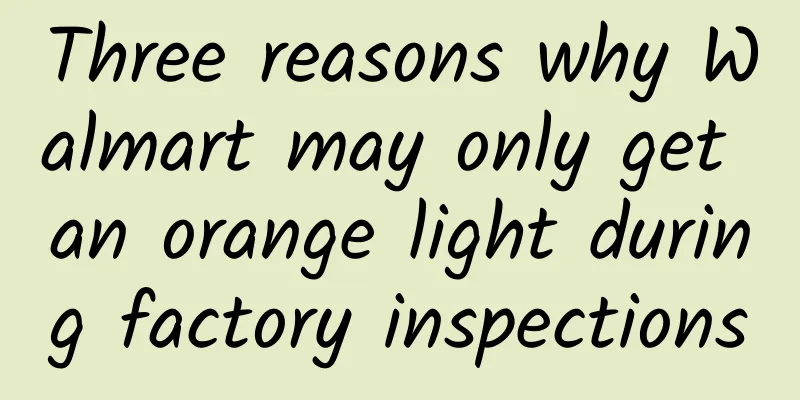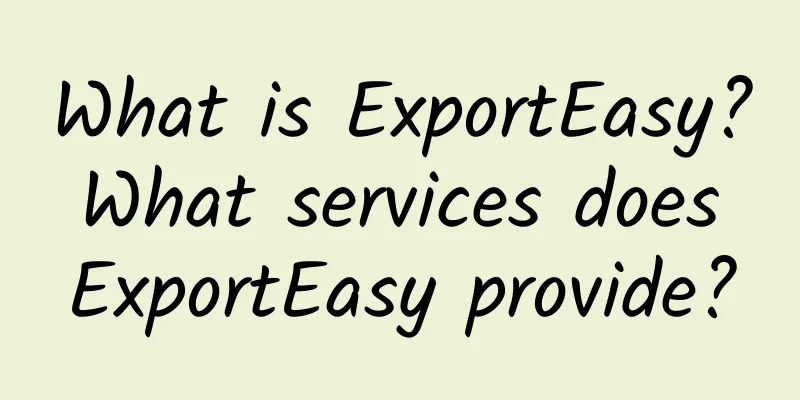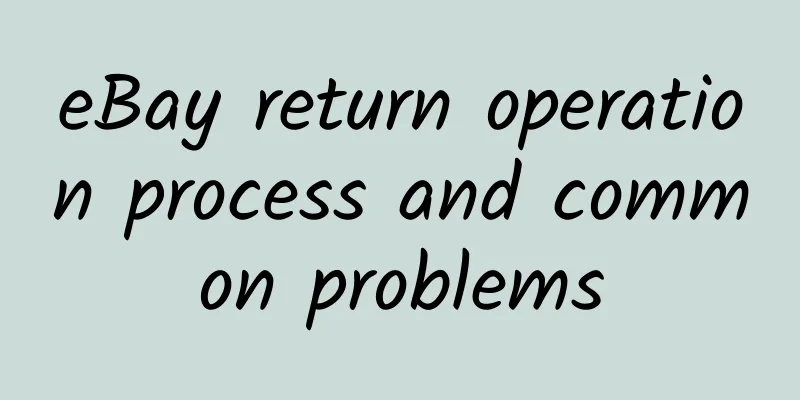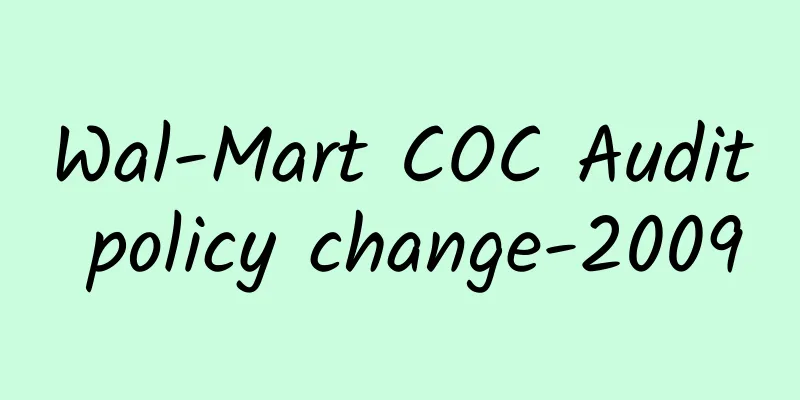H&M and Inditex: Balancing Fashion and Affordability
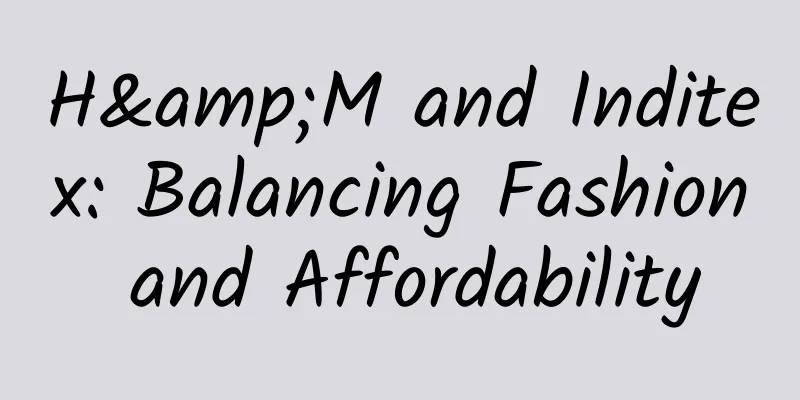
| As affordable fashion chain brands, the core competitiveness of H&M and Inditex comes from fashionable design, novel styles and affordable prices. But how to keep up with fashion and maintain low prices? H&M and Inditex each have their own unique tricks. In the race against fashion, Inditex has created an industry legend for us. It only takes two weeks for a Zara shirt to go from the design studio in Coruña to the store in Paris or Tokyo. How does Zara do this? Inditex's guarantee is: to respond quickly to fashion, and to design, produce and distribute quickly. Unlike the high-end fashion industry's practice of making judgments on fashion trends in advance, Inditex always decides on the design and production of fashion based on the existing needs of the market and customers. At Inditex's headquarters in Spain, hundreds of designers are busy all night, constantly reviewing market trends and sales in order to adjust existing designs and production. Like Inditex, H&M also pursues the "freshness" of fashion: timely analysis of product sales in order to quickly adjust design and production, while minimizing the time from design to shelf time, and establishing a diversified and balanced "fashion triangle": the bottom of the triangle is the most in-demand product; the middle represents the popular clothing of the season; and the top reflects the latest fashion trends. By adjusting the proportion of each level of the "fashion triangle", H&M can easily achieve both sales and fashion. Low price is the second key point for Inditex and H&M to gain a foothold in the market. How to reduce costs to maintain a low-price strategy? H&M has embarked on a cost control path that is common in the era of globalization: "First world fashion in third world factories", transferring production links to low-cost countries such as India, China, and Turkey. H&M does not have its own factories, and 60% of its products are produced in Asia, and the remaining 40% are from Europe. Although Inditex also purchases in China and other countries, half of its products are produced in its own (or holding) factories, and 80% are made in Europe. In fact, despite the fact that the production cost is 15% to 20% higher than that of its competitors, Inditex does not agree with H&M's production outsourcing. In the view of Inditex, having its own factory can respond to market changes more quickly and control the production process to the minute, thereby creating more styles and lower inventory, forming a virtuous cycle system of "design-production-distribution-sales", which is actually more conducive to overall cost control. Although H&M, which lacks internal production capabilities, is more powerful in controlling production costs, its response speed to fashion in the production link must lag behind, and it is also more susceptible to external cost fluctuations. How to balance the contradiction between fashion and affordability? Driven by market and consumer demand, rapid market response capabilities, low inventory and low costs are all elements of the success of Inditex and H&M. However, Inditex's intensive management method of vertically integrating "design-production-distribution-sales" with a rapid response speed has given us more inspiration. Inditex and H&M also have different business styles. The cautious H&M is good at using celebrities to promote the brand, while Inditex, which is known for its rapid growth, is low-key and pragmatic. Many people's memories of H&M are inseparable from supermodel Kate Moss, Chanel designer Karl Largerfeld and other celebrity figures. Yes, H&M is using the appeal of these celebrities to increase its fashion reputation. Every time a new outfit is released, H&M will try every means to promote itself, and the catwalks of supermodels almost make consumers forget that H&M is just an affordable clothing brand. In 2005, although the cooperation between H&M and Karl Largerfeld lasted only a short week, it was enough to make a sensation in the fashion industry. As long as the texture of the buttons of the clothes allows, H&M will almost show the words "Karl Lagerfeld For H&M". Moreover, shortly after Karl Largerfeld announced the end of cooperation, H&M invited the famous Stella McCartney to design its autumn clothes, and invited Italian supermodel Mariacarla Boscono to replace Kate Moss, who was suspected of drug abuse, to endorse Stella McCartney's H&M series. Although Inditex's rapid expansion momentum makes people feel a little ostentatious, Inditex's founder Amancio Ortega, the Spanish billionaire second only to LVMH Bernard Arnold in the fashion industry, is a low-key and unobtrusive person. He rarely appears in front of the media and even doesn't like to wear a tie. In fact, almost all the operators of Inditex are not fashionistas. Inditex, which "spare no expense" in production, is very "stingy" in advertising. In addition to in-store advertising twice a year, Zara has almost no other promotional activities. Compared with the usual 3% to 4% advertising budget ratio in the industry, it is surprising that Zara's advertising budget only accounts for 0.3% of annual sales. Almost all of Inditex's marketing funds are invested in the expansion and improvement of factory equipment. Its warehouse in Coluna, Spain, is equivalent to 90 football fields. Moreover, few designers invited by Inditex are "star-level". Although most of them come from the top design schools, they are rarely known. In the fashion industry, Inditex is always a maverick outlier. Therefore, when H&M invites many star-level designers and models to interpret fashion, Inditex is quietly making fashion. Perhaps, for consumers, affordable fashion is enough. But how many people can resist the fashion trend brought by H&M with Karl Lagerfeld or Stella McCartney? H&M, which has always seemed to be "conventional", is actually creating an experiment in the popularization of fashion hi-end. |
<<: The difference between OCS certification and GOTS certification!
>>: What should be considered when applying for the Global Recycling Standard GRS certification?
Recommend
What are the features of AMZScout? How much does AMZScout cost?
What are the features of AMZScout? How much does ...
EUROPEAN FLAX European flax certification audit requirements
Brands/Retailers: If you purchase fabrics and out...
What information is needed to register on the MyMall platform? What is the registration process on the MyMall platform?
MyMall is a product of Mail.Ru Group, the largest...
What is a Super Store Manager? What functions does a Super Store Manager have?
What is a super store manager? Super Store Manage...
What are some common email reply templates for eBay? [Ebay Tips]
1. eBay template for buyers asking about item det...
FSSC22000 certification on-site audit focus
During the audit process, the focus of the FSSC22...
ICTI Toy Product Concept
What is ICTI? ICTI is the abbreviation of the Int...
What is FreeDigitalPhotos? What are the features of FreeDigitalPhotos?
FreeDigitalPhotos.net is a website that provides ...
What is Asia Union Intellectual Property? What services does Asia Union Intellectual Property provide?
What is AAM Intellectual Property? Shenzhen Yamen...
Sears Supplier Preliminary Preparation
SEARS factory audit arrangement: After the factor...
GRS factory audit checklist social responsibility
There are quite a lot of GRS factory social respo...
What is Cobone? What are the advantages of Cobone?
What is Cobone? Cobone is a group buying website ...
What is Joybuy? How to join Joybuy?
Joybuy.com is operated by Chinese e-commerce gian...
What is the RetailEasy system? What are the advantages of the RetailEasy system?
Shanghai Chuangye Information Technology Co., Ltd...
What are the eBay rules?
In the previous articles, we learned about eBay&#...

